1. Bromberger JT, Matthews KA, Schott LL, Brockwell S, Avis NE, Kravitz HM, Everson-Rose SA, Gold EB, Sowers M, Randolph JF Jr. Depressive symptoms during the menopausal transition: the Study of Women's Health Across the Nation (SWAN). J Affect Disord. 2007; 103:267–272. PMID:
17331589.

2. Llaneza P, García-Portilla MP, Llaneza-Suárez D, Armott B, Pérez-López FR. Depressive disorders and the menopause transition. Maturitas. 2012; 71:120–130. PMID:
22196311.

3. Maes M, Smith R, Scharpe S. The monocyte-T-lymphocyte hypothesis of major depression. Psychoneuroendocrinology. 1995; 20:111–116. PMID:
7899532.

4. Simen BB, Duman CH, Simen AA, Duman RS. TNFalpha signaling in depression and anxiety: behavioral consequences of individual receptor targeting. Biol Psychiatry. 2006; 59:775–785. PMID:
16458261.
5. Berthold-Losleben M, Himmerich H. The TNF-alpha system: functional aspects in depression, narcolepsy and psychopharmacology. Curr Neuropharmacol. 2008; 6:193–202. PMID:
19506720.
6. Cioffi M, Esposito K, Vietri MT, Gazzerro P, DAuria A, Ardovino I, Puca GA, Molinari AM. Cytokine pattern in postmenopause. Maturitas. 2002; 41:187–192. PMID:
11886764.

7. Oxenkrug GF. Metabolic syndrome, age-associated neuroendocrine disorders, and dysregulation of tryptophan-kynurenine metabolism. Ann N Y Acad Sci. 2010; 1199:1–14. PMID:
20633104.

8. Bhavnani BR, Strickler RC. Menopausal hormone therapy. J Obstet Gynaecol Can. 2005; 27:137–162. PMID:
15937590.

9. Fink G, Sumner B, Rosie R, Wilson H, McQueen J. Androgen actions on central serotonin neurotransmission: relevance for mood, mental state and memory. Behav Brain Res. 1999; 105:53–68. PMID:
10553690.

10. Rossouw JE, Anderson GL, Prentice RL, LaCroix AZ, Kooperberg C, Stefanick ML, Jackson RD, Beresford SA, Howard BV, Johnson KC, Kotchen JM, Ockene J. Writing Group for the Women's Health Initiative Investigators. Risks and benefits of estrogen plus progestin in healthy postmenopausal women: principal results From the Women's HealthInitiative randomized controlled trial. JAMA. 2002; 288:321–333. PMID:
12117397.
11. Gyllstrom ME, Schreiner PJ, Harlow BL. Perimenopause and depression: strength of association, causal mechanisms and treatment recommendations. Best Pract Res Clin Obstet Gynaecol. 2007; 21:275–292. PMID:
17166771.

12. Richards JB, Papaioannou A, Adachi JD, Joseph L, Whitson HE, Prior JC, Goltzman D. Canadian Multicentre Osteoporosis Study Research Group. Effect of selective serotonin reuptake inhibitors on the risk of fracture. Arch Intern Med. 2007; 167:188–194. PMID:
17242321.

13. Volz HP. Controlled clinical trials of hypericum extracts in depressed patients--an overview. Pharmacopsychiatry. 1997; 30(Suppl 2):72–76. PMID:
9342763.
14. Oztürk Y. Testing the antidepressant effects of Hypericum species on animal models. Pharmacopsychiatry. 1997; 30(Suppl 2):125–128. PMID:
9342773.

15. Picherit C, Coxam V, Bennetau-Pelissero C, Kati-Coulibaly S, Davicco MJ, Lebecque P, Barlet JP. Daidzein is more efficient than genistein in preventing ovariectomy-induced bone loss in rats. J Nutr. 2000; 130:1675–1681. PMID:
10867035.

16. Micioni Di, Vitale G, Massi M, Cifani C. Effect of hypericum perforatum extract in an experimental model of binge eating in female rats. J Obes. 2012; 2012:956137. PMID:
22997570.
17. Perfumi M1, Panocka I, Ciccocioppo R, Vitali D, Froldi R, Massi M. Effects of a methanolic extract and a hyperforin-enriched CO2 extract of Hypericum perforatum on alcohol intake in rats. Alcohol Alcohol. 2001; 36:199–206. PMID:
11373255.

18. Kimura F, Mitsugi N, Arita J, Akema T, Yoshida K. Effects of preoptic injections of gastrin, cholecystokinin, secretin, vasoactive intestinal peptide and PHI on the secretion of luteinizing hormone and prolactin in ovariectomized estrogenprimed rats. Brain Res. 1987; 410:315–322. PMID:
3594240.

19. Park HJ, Han SM, Yoon WJ, Kim KS, Shim I. The effects of puerariae flos on stress-induced deficits of learning and memory in ovariectomized female rats. Korean J Physiol Pharmacol. 2009; 13:85–89. PMID:
19885002.

20. Roth KA, Katz RJ. Stress, behavioral arousal, and open field activity--a reexamination of emotionality in the rat. Neurosci Biobehav Rev. 1979; 3:247–263. PMID:
542239.

21. Aguiar P, Mendonça L, Galhardo V. OpenControl: a free opensource software for video tracking and automated control of behavioral mazes. J Neurosci Methods. 2007; 166:66–72. PMID:
17681380.

22. Porsolt RD, Bertin A, Jalfre M. Behavioral despair in mice: a primary screening test for antidepressants. Arch Int Pharmacodyn Ther. 1977; 229:327–336. PMID:
596982.
23. Okada M, Hayashi N, Kometani M, Nakao K, Inukai T. Influences of ovariectomy and continuous replacement of 17beta-estradiol on the tail skin temperature and behavior in the forced swimming test in rats. Jpn J Pharmacol. 1997; 73:93–96. PMID:
9032138.
24. Swithers SE, Sample CH, Katz DP. Influence of ovarian and non-ovarian estrogens on weight gain in response to disruption of sweet taste--calorie relations in female rats. Horm Behav. 2013; 63:40–48. PMID:
23146838.
25. Taylor M. Psychological consequences of surgical menopause. J Reprod Med. 2001; 46(3 Suppl):317–324. PMID:
11304879.
26. Dantzer R, O'Connor JC, Freund GG, Johnson RW, Kelley KW. From inflammation to sickness and depression: when the immune system subjugates the brain. Nat Rev Neurosci. 2008; 9:46–56. PMID:
18073775.

27. Bano S, Gitay M, Ara I, Badawy A. Acute effects of serotonergic antidepressants on tryptophan metabolism and corticosterone levels in rats. Pak J Pharm Sci. 2010; 23:266–272. PMID:
20566438.
28. Weber CC, Eckert GP, Müller WE. Effects of antidepressants on the brain/plasma distribution of corticosterone. Neuropsychopharmacology. 2006; 31:2443–2448. PMID:
16641944.

29. McMenamy RH. Binding of indole analogues to human serum albumin. Effects of fatty acids. J Biol Chem. 1965; 240:4235–4243. PMID:
5845825.
30. Oldendorf WH, Szabo J. Amino acid assignment to one of three blood-brain barrier amino acid carriers. Am J Physiol. 1976; 230:94–98. PMID:
1251917.

31. Maes M, Leonard BE, Myint AM, Kubera M, Verkerk R. The new '5-HT' hypothesis of depression: cell-mediated immune activation induces indoleamine 2,3-dioxygenase, which leads to lower plasma tryptophan and an increased synthesis of detrimental tryptophan catabolites (TRYCATs), both of which contribute to the onset of depression. Prog Neuropsychopharmacol Biol Psychiatry. 2011; 35:702–721. PMID:
21185346.

32. Schröcksnadel K, Wirleitner B, Winkler C, Fuchs D. Monitoring tryptophan metabolism in chronic immune activation. Clin Chim Acta. 2006; 364:82–90. PMID:
16139256.

33. Hindmarch I. Beyond the monoamine hypothesis: mechanisms,molecules and methods. Eur Psychiatry. 2002; 17(Suppl 3):294–299. PMID:
15177084.
34. Ara I, Bano S. Citalopram decreases tryptophan 2,3-dioxygenase activity and brain 5-HT turnover in swim stressed rats. Pharmacol Rep. 2012; 64:558–566. PMID:
22814009.

35. Galea LA, Wide JK, Barr AM. Estradiol alleviates depressive-like symptoms in a novel animal model of post-partum depression. Behav Brain Res. 2001; 122:1–9. PMID:
11287071.

36. Hirano K, Kato Y, Uchida S, Sugimoto Y, Yamada J, Umegaki K, Yamada S. Effects of oral administration of extracts of Hypericum perforatum (St John's wort) on brain serotonin transporter, serotonin uptake and behaviour in mice. J Pharm Pharmacol. 2004; 56:1589–1595. PMID:
15563766.

37. Kientsch U, Bürgi S, Ruedeberg C, Probst S, Honegger UE. St. John's wort extract Ze 117 (Hypericum perforatum) inhibits norepinephrine and serotonin uptake into rat brain slices and reduces 3-adrenoceptor numbers on cultured rat brain cells. Pharmacopsychiatry. 2001; 34(Suppl 1):S56–S60. PMID:
11518078.
38. Linde K, Ramirez G, Mulrow CD, Pauls A, Weidenhammer W, Melchart D. St John's wort for depression--an overview and meta-analysis of randomised clinical trials. BMJ. 1996; 313:253–258. PMID:
8704532.

39. Franklin M, Reed A, Murck H. Sub-chronic treatment with an extract of Hypericum perforatum (St John's wort) significantly reduces cortisol and corticosterone in the rat brain. Eur Neuropsychopharmacol. 2004; 14:7–10. PMID:
14659982.

40. Nakamura T, Niimi S, Nawa K, Noda C, Ichihara A, Takagi Y, Anai M, Sakaki Y. Multihormonal regulation of transcription of the tryptophan 2,3-dioxygenase gene in primary cultures of adult rat hepatocytes with special reference to the presence of a transcriptional protein mediating the action of glucocorticoids. J Biol Chem. 1987; 262:727–733. PMID:
3542992.

41. Schwarcz R, Pellicciari R. Manipulation of brain kynurenines: glial targets, neuronal effects, and clinical opportunities. J Pharmacol Exp Ther. 2002; 303:1–10. PMID:
12235226.

42. Zhu CB, Blakely RD, Hewlett WA. The proinflammatory cytokines interleukin-1beta and tumor necrosis factor-alpha activate serotonin transporters. Neuropsychopharmacology. 2006; 31:2121–2131. PMID:
16452991.

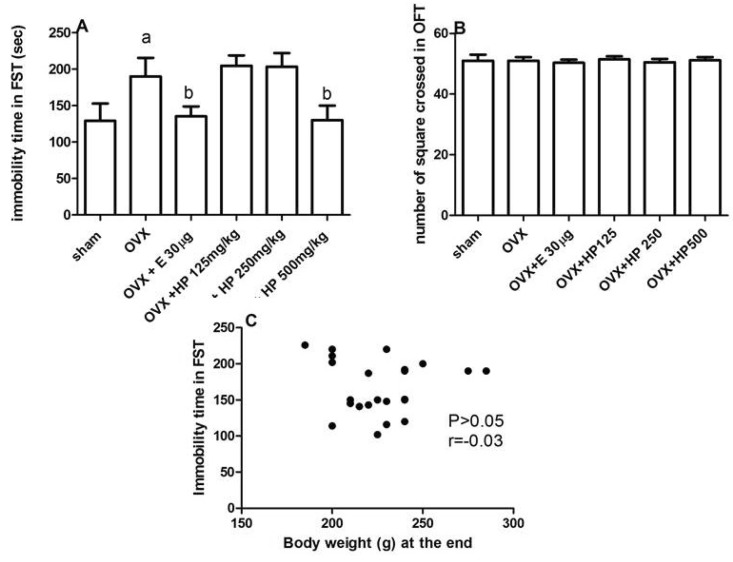
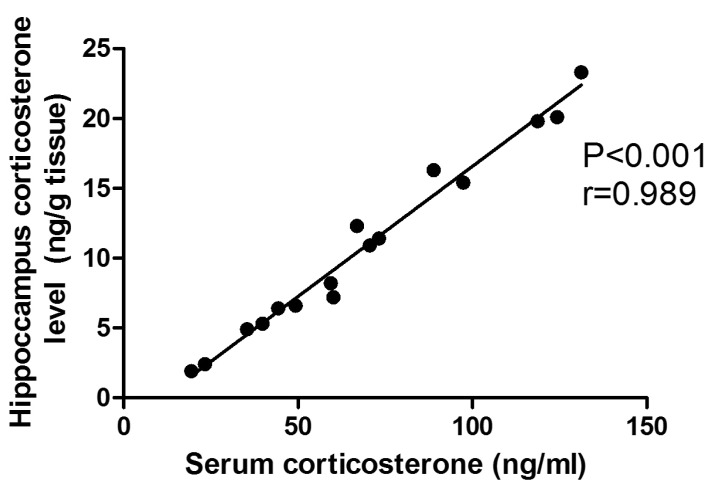
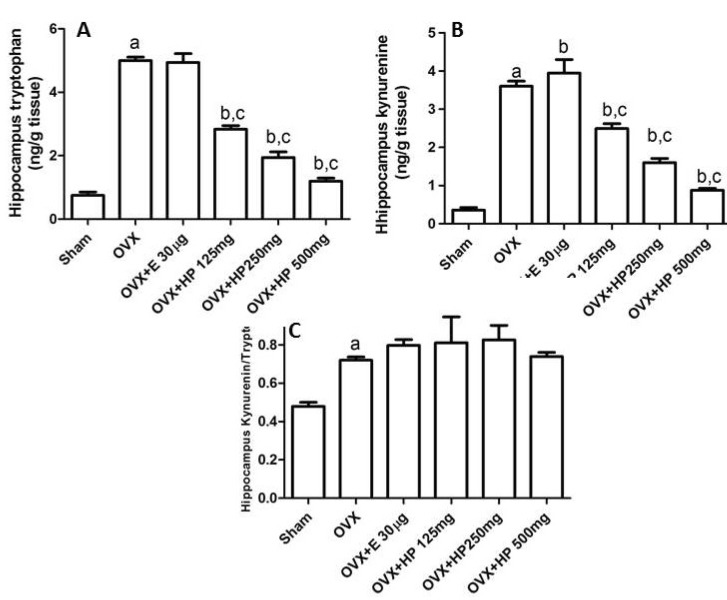
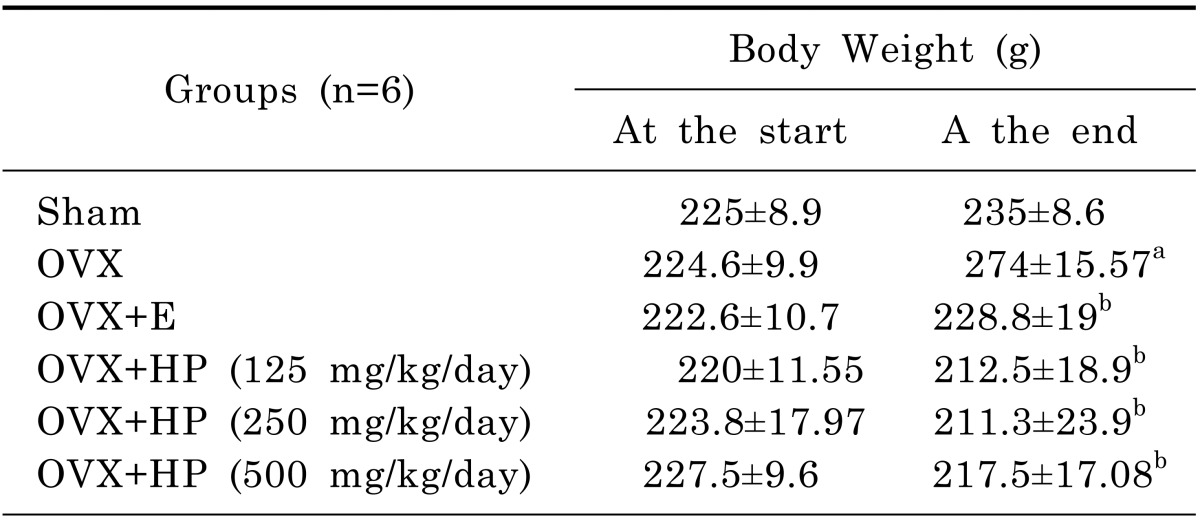
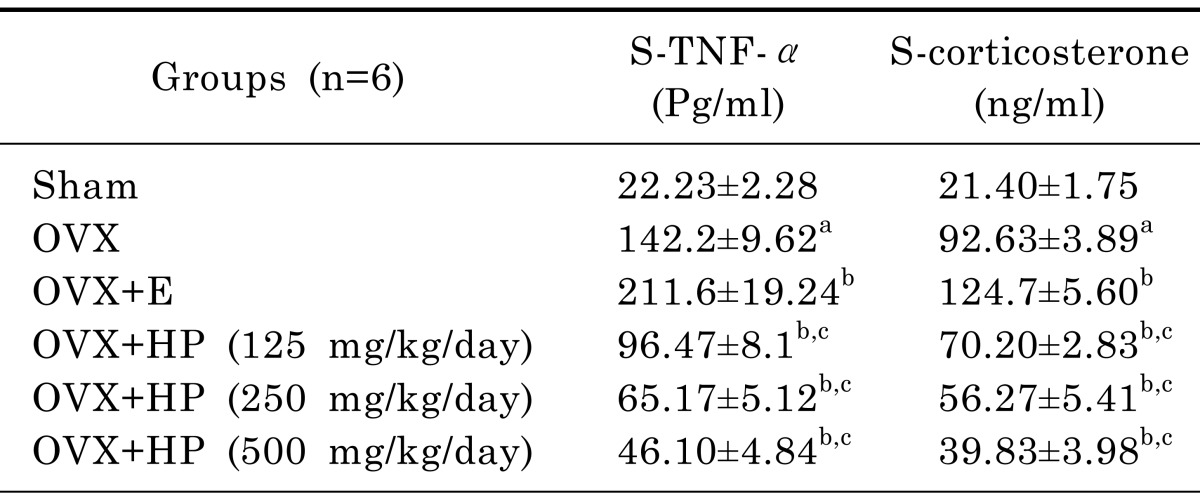
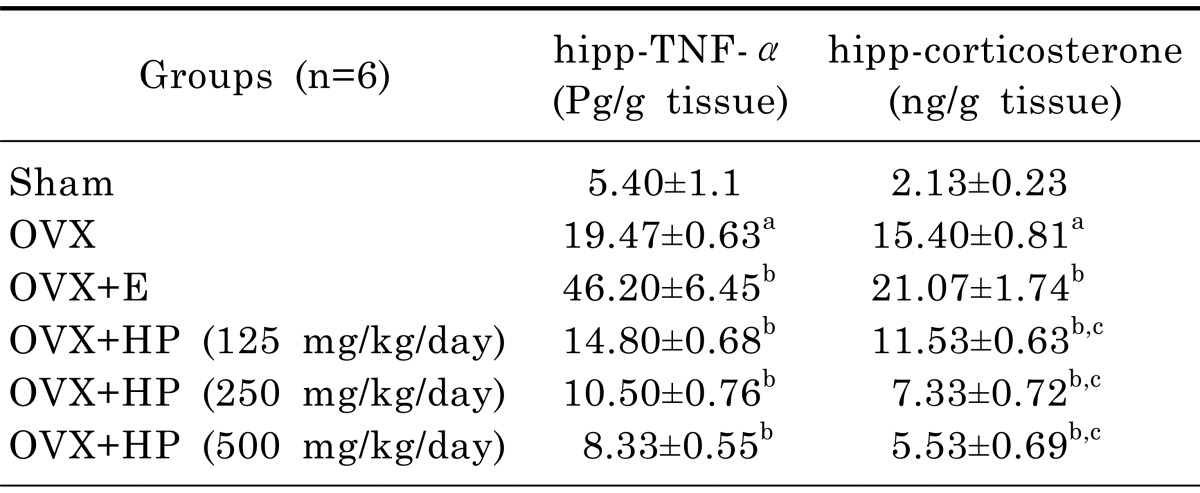




 PDF
PDF ePub
ePub Citation
Citation Print
Print


 XML Download
XML Download